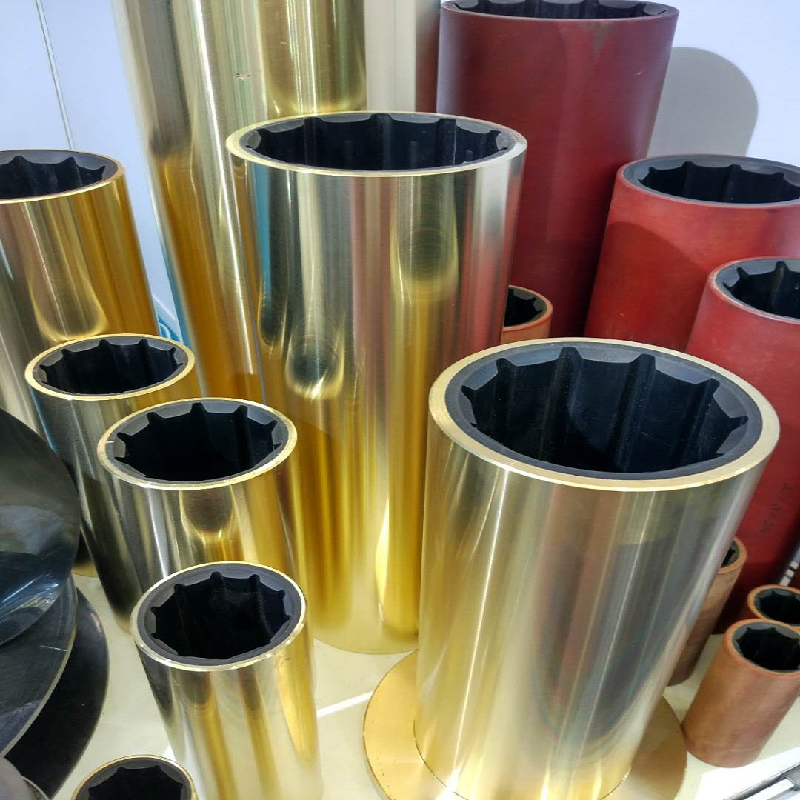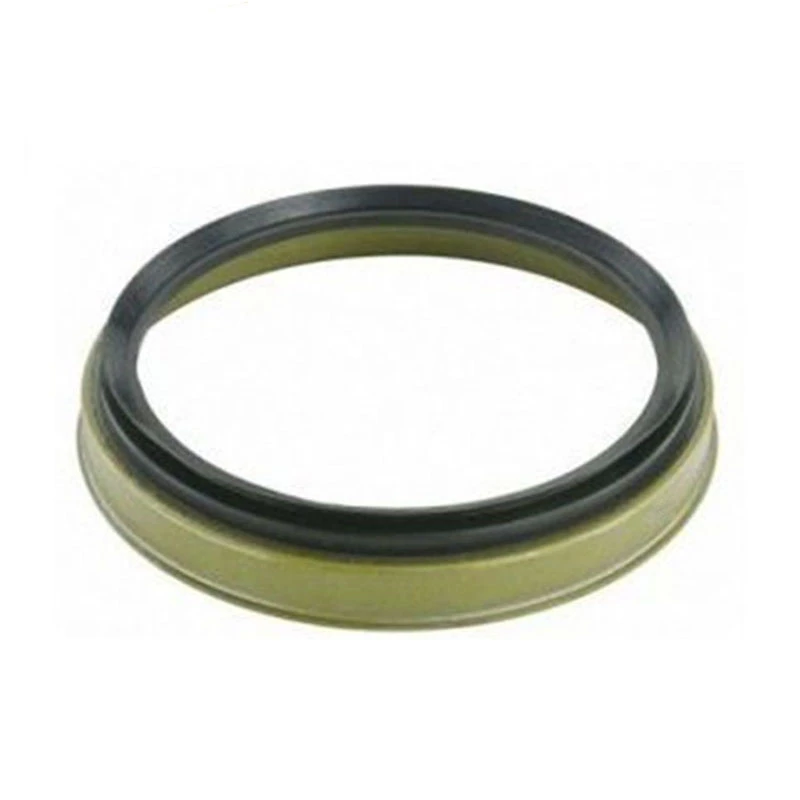automotive oil seals suppliers


V-ring Seals are unique because they fit directly on the shaft and rotate with it, without contacting the housing. This makes them an excellent choice for sealing against dust, dirt, or water from entering into bearings, particularly in agricultural machinery where such external contaminants are prevalent. End Cap Seals serve a dual purpose by acting as both a seal and a protective end cover for rotating shafts. They are perfect for sealing housings in gearboxes and other stationary structures, offering both dust prevention and lubricant retention to ensure efficient operation of machinery. Metal-Faced Seals, sometimes referred to as cassette seals, incorporate a metal housing that provides enhanced protection against external impacts and abrasions. Their robust design makes them ideal for extreme environments, such as construction equipment and mining operations where they prevent the ingress of harsh substances and debris. Material composition is critical when selecting oil seals, as the environment and type of medium encountered have significant implications on the seal's durability and performance. Nitrile rubber is popular due to its cost-effectiveness and resistance to oil and grease. However, for applications involving higher temperatures or chemically aggressive environments, materials like fluorocarbon (Viton) or silicone should be considered due to their superior resistance properties. In conclusion, selecting the appropriate oil seal requires a comprehensive understanding of the application's mechanical and environmental demands. By acknowledging the unique features of each seal type and carefully considering their material composition, industries can substantially reduce downtime, extend machinery lifespan, and improve overall efficiency. Employing high-quality oil seals results in trustworthy performance and long-term cost savings, underscoring their indispensable role in machine maintenance and operational success.
-
Understanding the Front Main Engine Seal: Purpose, Maintenance, and Installation
News Jul.29,2025
-
Understanding O-Rings and Seal Rings: Types, Applications, and Custom Solutions
News Jul.29,2025
-
Understanding Crankshaft Oil Seals: Rear Seals, Pulley Seals, and Their Role in Engine Integrity
News Jul.29,2025
-
The Importance of Front and Rear Crankshaft Seals in Engine Performance and Oil Management
News Jul.29,2025
-
Crank Oil Seals: Functions, Types, and Cost Considerations in Engine Maintenance
News Jul.29,2025
-
A Comprehensive Guide to O-Rings and Seals: Types, Materials, and Global Applications
News Jul.29,2025
-
Mastering Diesel and Performance Engine Maintenance: A Guide to Critical Oil Gaskets
News Jul.28,2025
Products categories















